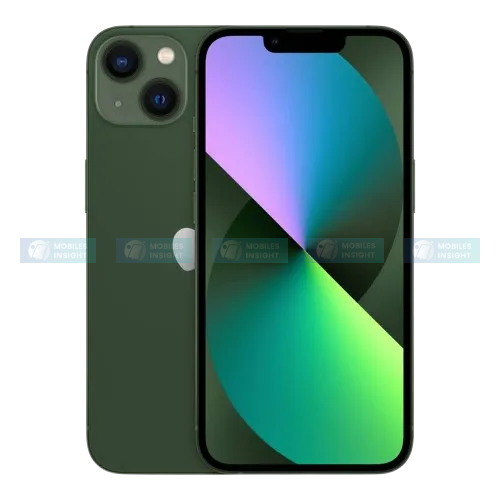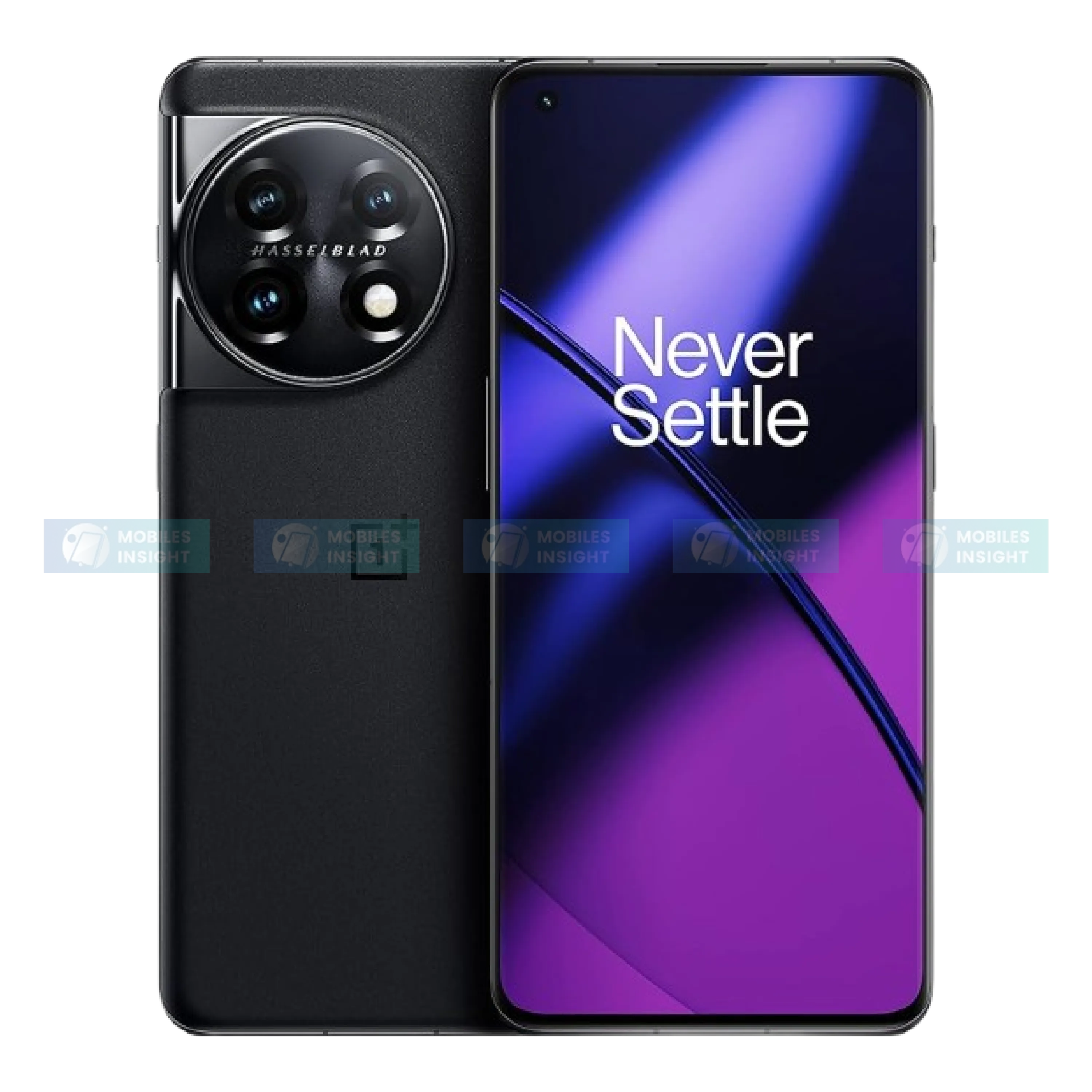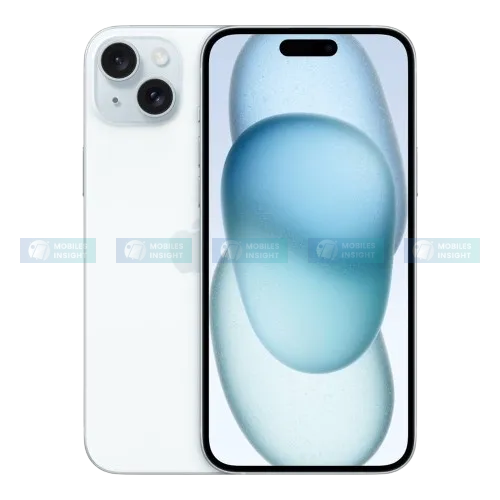
Mobile Technology Trends Shaping the Next Generation Phones
Mobile technology trends in 2025 and 2026 are entering a transformative era, where smartphones evolve from simple communication devices into intelligent life companions. With on-device AI, ultra-fast 6G, brain-phone interfaces, quantum-level security, and health monitoring, these devices are becoming smarter, safer, and more personal than ever. Innovations like foldable and rollable displays, rapid-charging batteries, and bio-integration further redefine what a smartphone can be. From mind-powered control to proactive wellness tracking, the next wave of mobile technology is set to seamlessly blend into daily life, shaping a future that feels both futuristic and deeply human.
AI-Powered Smartphones
By 2025, artificial intelligence will no longer be an accessory in mobile phones; it will be at the core. Smartphones now come equipped with on-device generative AI models that can function without an internet connection. These AI engines allow phones to anticipate user needs, translate languages in real time, generate content instantly, and perform highly personalized tasks such as summarizing emails or suggesting replies based on your tone and context.
By 2026, AI is expected to grow into deeply personal assistants that can not only learn your schedule and habits but also interpret your mood, facial expressions, and even stress levels to adapt their interactions accordingly. These advancements make smartphones more intuitive, turning technology into an extension of the self.
6G Connectivity
Although 5G networks are still expanding globally, 2025 marks the foundation stage for 6G networks. With promised data speeds of up to 1 terabit per second, 6G will enable seamless augmented reality (AR), virtual reality (VR), and mixed reality (MR) experiences on mobile devices. It moves us closer to a fully connected world, supporting a level of integration across devices and systems that has never been seen before.
By late 2026, the first commercial devices with 6G compatibility are expected to arrive. This will bring lightning-fast cloud access, ultra-HD streaming, and latency so low that complex remote surgeries and industrial automation could be performed directly from smartphones.
Brain-Phone Interfaces
One of the most groundbreaking innovations on the horizon is the integration of brain-computer interfaces (BCIs) into smartphones. By 2025, companies are already testing prototypes that allow users to control certain phone functions with thoughts or neural signals. This goes beyond voice and gesture controls, stepping into the realm of mind-powered interaction.
By 2026, the first consumer-grade BCI devices may appear, allowing for thought-driven communication, mind-based navigation, and new accessibility tools for individuals with physical limitations. This could completely reshape the way humans interact with mobile devices, pushing us into a future once limited to science fiction.
Battery Innovations
Battery performance has long been a bottleneck in mobile technology. In 2025, new materials such as graphene and silicon anodes are powering next-generation batteries capable of charging from 0 to 100 percent in less than 10 minutes. Wireless charging has also advanced into over-the-air formats, eliminating the need for pads or cables.
Looking ahead to 2026, solid-state batteries are expected to become the new standard. These offer higher energy density, improved safety, and much longer lifespans, potentially making daily charging routines a thing of the past.
Foldable and Rollable Displays
By 2025, foldable smartphones will have matured significantly, featuring thinner and more durable designs with crease lines that are nearly invisible. Rollable displays are also entering the market, giving users the option to extend the screen size with just a swipe or button press.
These improvements are not just for show but are practical design evolutions. By 2026, hybrid devices that combine folding, rolling, and even wrapping screens for wearables are expected. These flexible form factors could completely redefine the role and physical design of smartphones.
Quantum-Grade Security
As mobile threats become more advanced, security has taken a leap forward in 2025. Smartphones now feature encryption systems designed to withstand quantum computing attacks. Biometric authentication is also evolving, with under-screen 3D face scanning and multi-layered palm recognition becoming more common.
By 2026, we may see phones integrating decentralized identity systems and hardware-based zero-trust architectures. This would effectively turn smartphones into unbreakable digital vaults for personal and sensitive data.
Health and Bio Integration
Smartphones are quickly becoming personal health hubs. In 2025, premium devices can monitor blood pressure, hydration levels, oxygen saturation, and even detect irregular heart rhythms using AI-enhanced sensors. Some models can also provide early warnings about respiratory issues or other health risks.
By 2026, non-invasive glucose monitoring, stress and fatigue detection, and even emotional state tracking could become standard features. These capabilities aim to provide proactive wellness guidance, making smartphones essential for managing everyday health.
Final Thoughts
The evolution of mobile technology in 2025 and 2026 marks a monumental shift. Smartphones are no longer just communication tools; they are transforming into intelligent systems that understand, adapt, and enhance human life in deeply personal ways.
From AI-powered companions to quantum-grade security and brain-phone interfaces, the smartphones of tomorrow will be more powerful, more personal, and more immersive than ever before.
Popular Phone Reviews

Samsung Galaxy A70 Review: Features, Performance, and Value Insights

Apple iPhone 16 Pro Max Review: Features, Performance, and Value Insights

Apple iPhone 12 Pro Max Review: Features, Performance, and Value Insights

Xiaomi Redmi 12 Review: Features, Performance, and Value Insights






